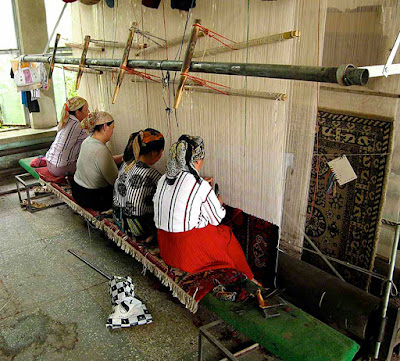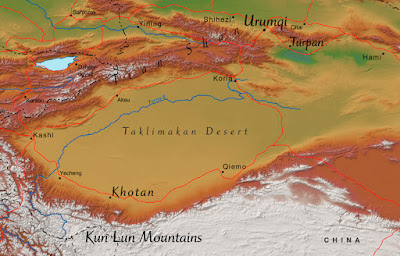Mongolia | Khövsgöl Aimag | Darkhad Depression #1

Aftesr visiting the Deer Stones we continued on to the Darkhad Depression. We stopped for lunch at a guanz (restaurant in a ger) where the road crosses the Beltes River. There were two other customers in the guanz, each nursing a bowl of milk tea: a woman in her fifties and a man perhaps in his mid-thirties. After some chit-chat the woman got up and left. Our driver whispered, “She is a very famous shaman from the Darkhad Depression. She now lives in Mörön.” I knew that the Darkhad Depression was famous for its shamans. On a previous trip the Darkhad Depression back on 1999 I had noticed that very few Darkhads, the ethic group that inhabits the Depression, had any kind of Buddhist regalia in their gers. Most still believe to one degree or another in traditional Inner Asian-Siberian shamanism. The woman soon reappeared in the guanz. I told her we were going to the Belchir Uul area on the western edge of the Darkhad Depression and asked if she had ever been there. “Many times,” she sa




